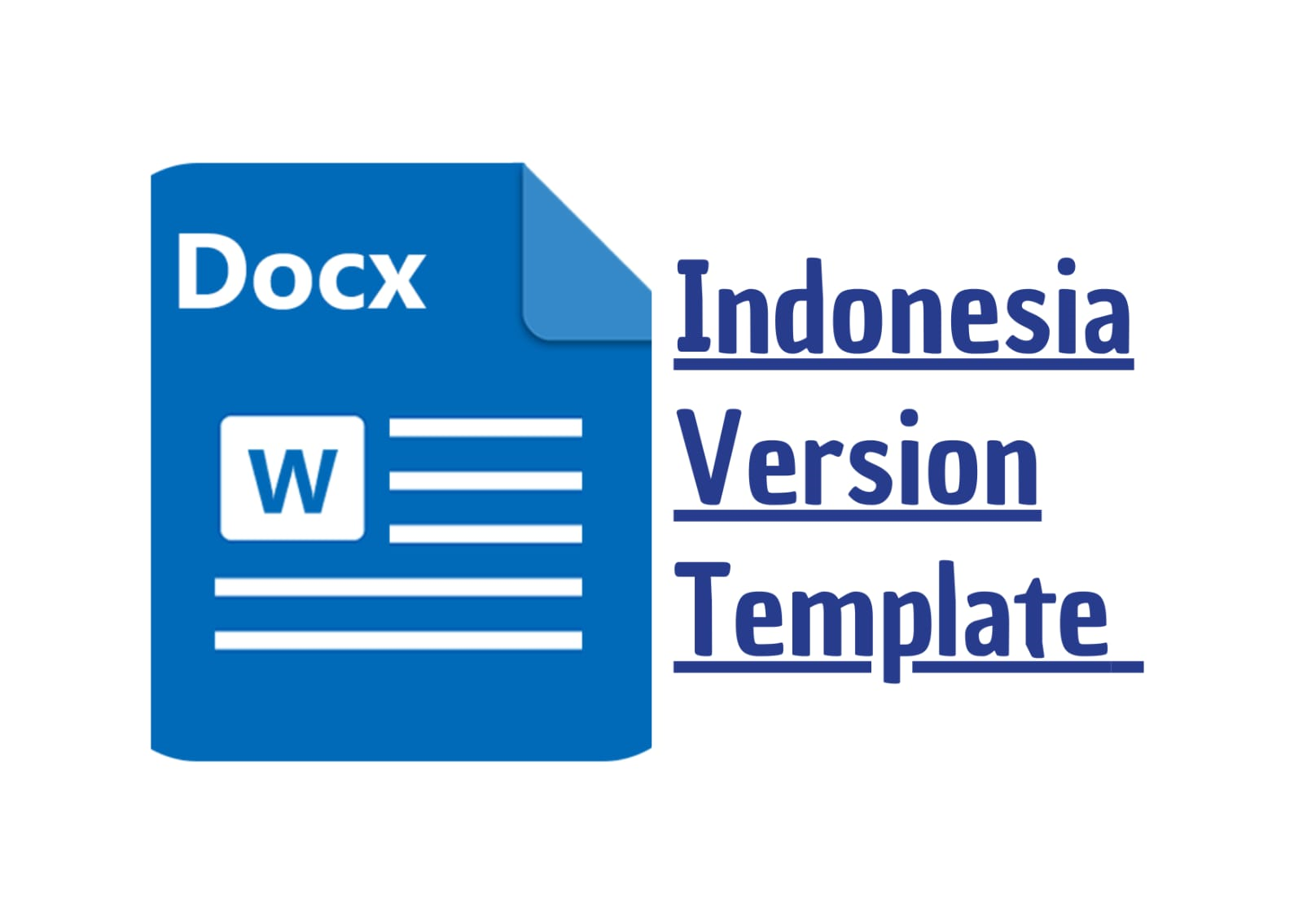Exploring the Communication Forms of 4-6 Years Old Children at Rumah Pelangi Sant Egidio
DOI:
https://doi.org/10.56799/jim.v3i9.4972Keywords:
Communication Forms, Verbal, Non-VerbalAbstract
This study explores how 4-6-year-old children at Rumah Pelangi Sant Egidio use verbal, nonverbal, and multimodal communication to express themselves and engage with their environment. Using qualitative methods like observation and interviews, the research applies Fleming's VARK model and Bruner's theories on active learning. At Rumah Pelangi Sant Egidio, communication includes verbal language, gestures, and body language, each enhancing understanding and interaction. Visual aids, storytelling, and multimodal approaches, integrating various sensory channels, are crucial for young learners. These methods foster language development, social skills, and cognitive growth. Children naturally use diverse communication styles, including activities like puzzle-solving and interactive technology, to develop teamwork, critical thinking, and creativity. By integrating these communication forms, educators can create effective and inclusive learning environments.
Downloads
References
Baicchi, A. (2015). Construction learning as a complex adaptivesystem : Psycholinguistic evidence from L2 learners of English.
Bever, J. M. (1971). Psycholinguistics and the mind. Journal of Psycholinguistic Research, 19(1), 51- 76.
Ellis, J. (2008). The role of context in language acquisition: A review of research. Language Learning and Teaching, 1(1), 1-23.
Fernández, Eva M., & Smith, Helen Cairns. (2010). Fundamentals of psycholinguistics. Malden, MA: Wiley-Blackwell.
Ferreira, F. (2005). Psycholinguistics, formal grammars, and cognitive science. Linguistica Salzburg, 22(1), 741-761.
Ferreira, F., & Yang, Z. (2019). The Problem of Comprehension in Psycholinguistics. Discourse Processes, 56(1), 485-495.
Gleitman, L. R., & Gleitman, C. (2022). Recollecting What We Once Knew: My Life in Psycholinguistics. Annual Review of Psychology, 73(1), 1-23.
Guo, X. (2022). A Bibliometric Analysis of Child Language During 1900–2021. Frontiers in Psychology, 13, 1-17.
Gass, S. M. (2003). The role of learning and instruction in the acquisition of language. Psychology Press. Multilingual Matters.
Mota, M. B., & Buchweitz, A. (2019). Psycholinguistics: Implications for the Classroom. Ilha Do Desterro, 72(1), 11-16.
McLachlan, J. (2004). The development of oral fluency in second language acquisition.
Negro, I., & Chanquoy, L. (2005). The Effect of Psycholinguistic Research on the Teaching of Writing. Language and Literature Studies, 5(5), 105-111.
Poetri, M. S., Tryana, T., Ummami, R. T., & Sunarsi, D. (2022). Psycholinguistic Analysis on the Development of English Learning. International Journal of Education, Information Technology, and Others, 5(4), 306-310.
Poepp, J. M., & Stothart, W. (2007). The Child as a Language Learner: New Perspectives on Language Acquisition. MIT Press.
Parsons, R., Hinson S., Brown, D. (2001). Educational Psychology: Practitioner Researcher Models of Teaching. University of Virginia: Wadsworth Thomson Learning.
Roe, K. (2011). The relationship between reading and language development in children. Journal of Research in Reading, 34(1), 43-60.
Slobin, S. (1971). The psychology of language development: A review of research and theory. Psychological Bulletin, 86(6), 307-362.
Williams, M. T., & Klemfuss, K. M. (2003). The role of working memory in second language acquisition: A review of current theories and empirical findings. Applied Psycholinguistics, 18(3), 513-53.
Downloads
Published
How to Cite
Issue
Section
License
Copyright (c) 2024 Ni Putu Della Prasanthi Dewi, Ni Luh Nyoman Seri Malini, I Wayan Arka

This work is licensed under a Creative Commons Attribution-ShareAlike 4.0 International License.




















